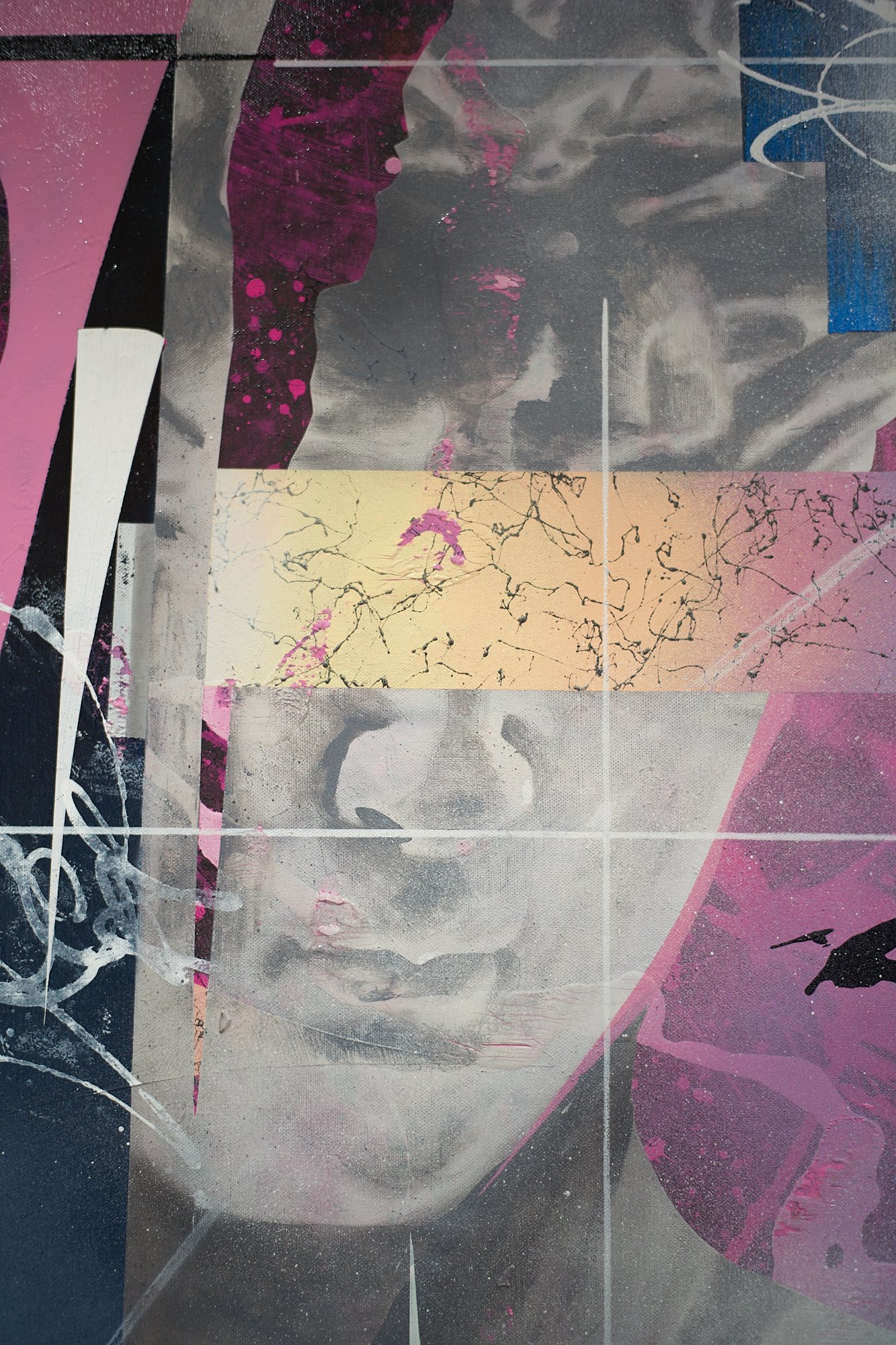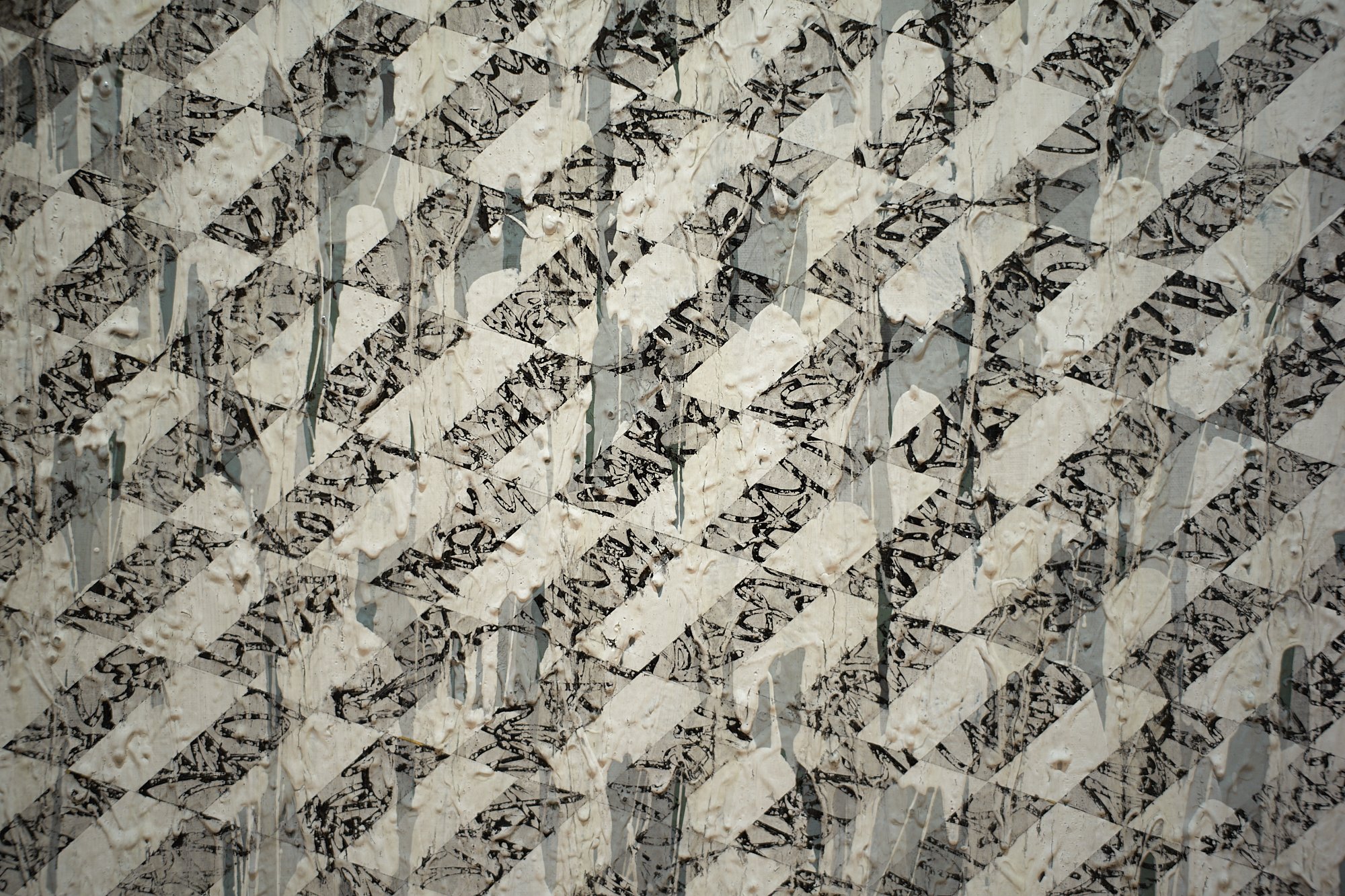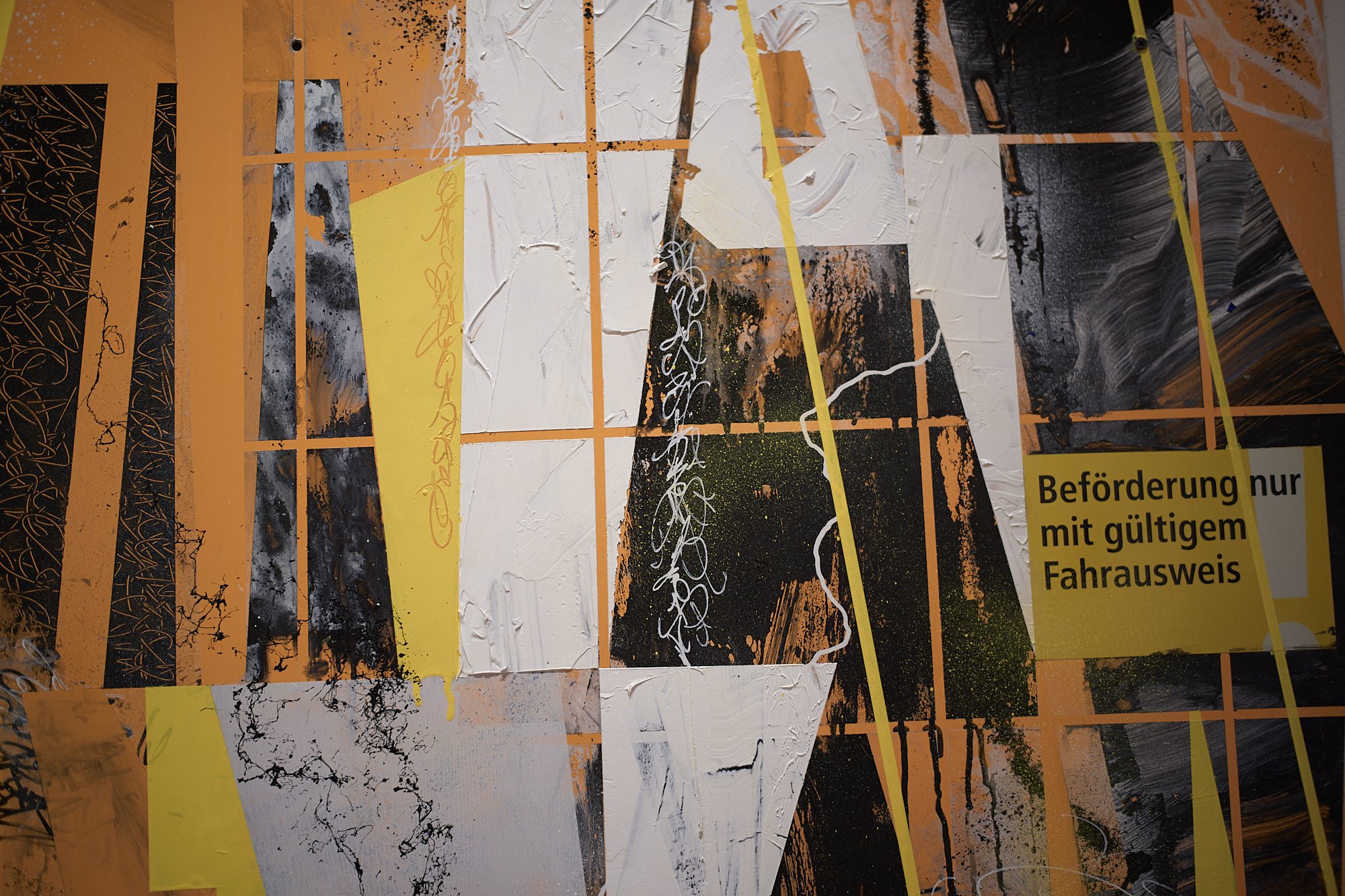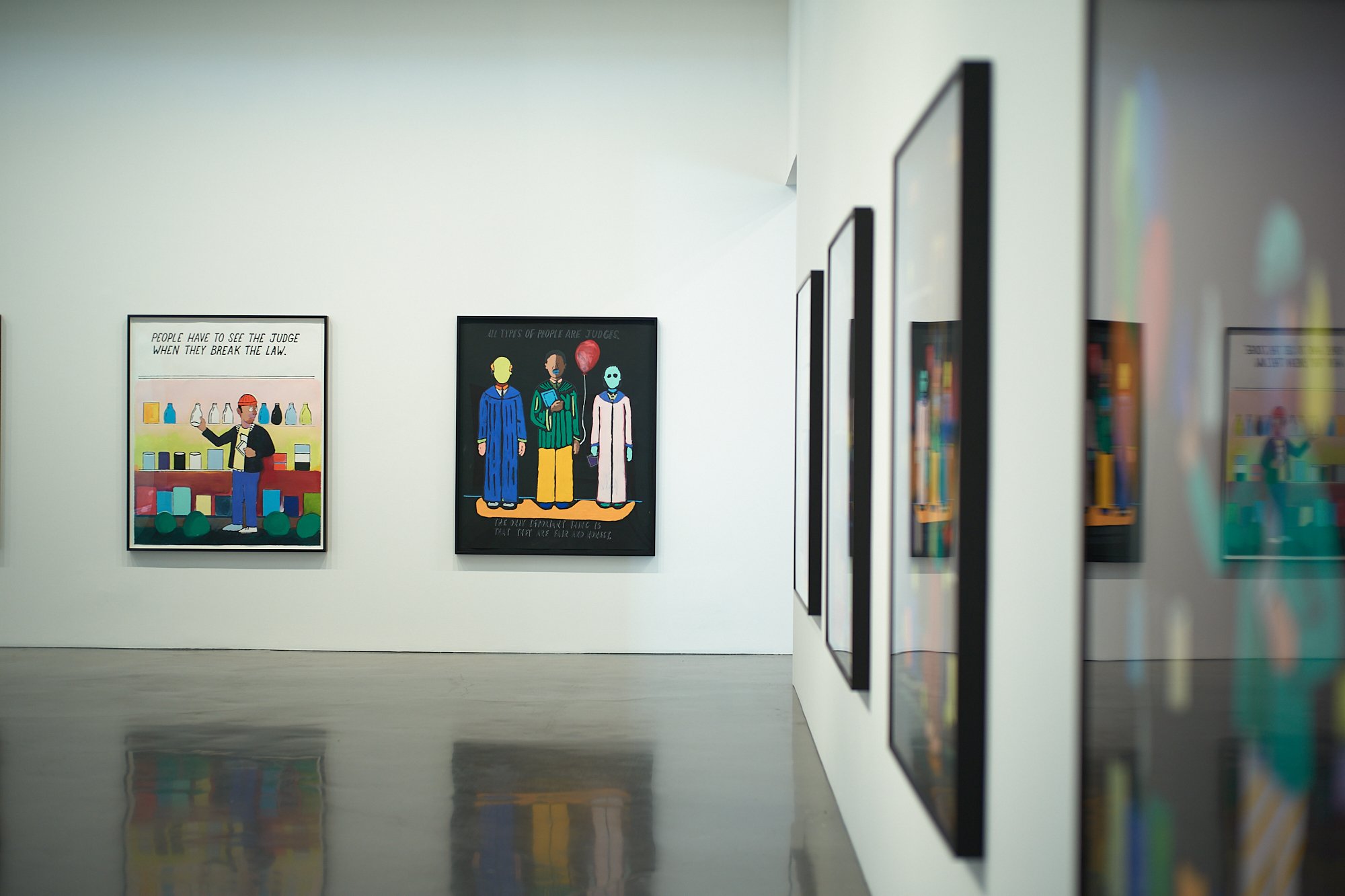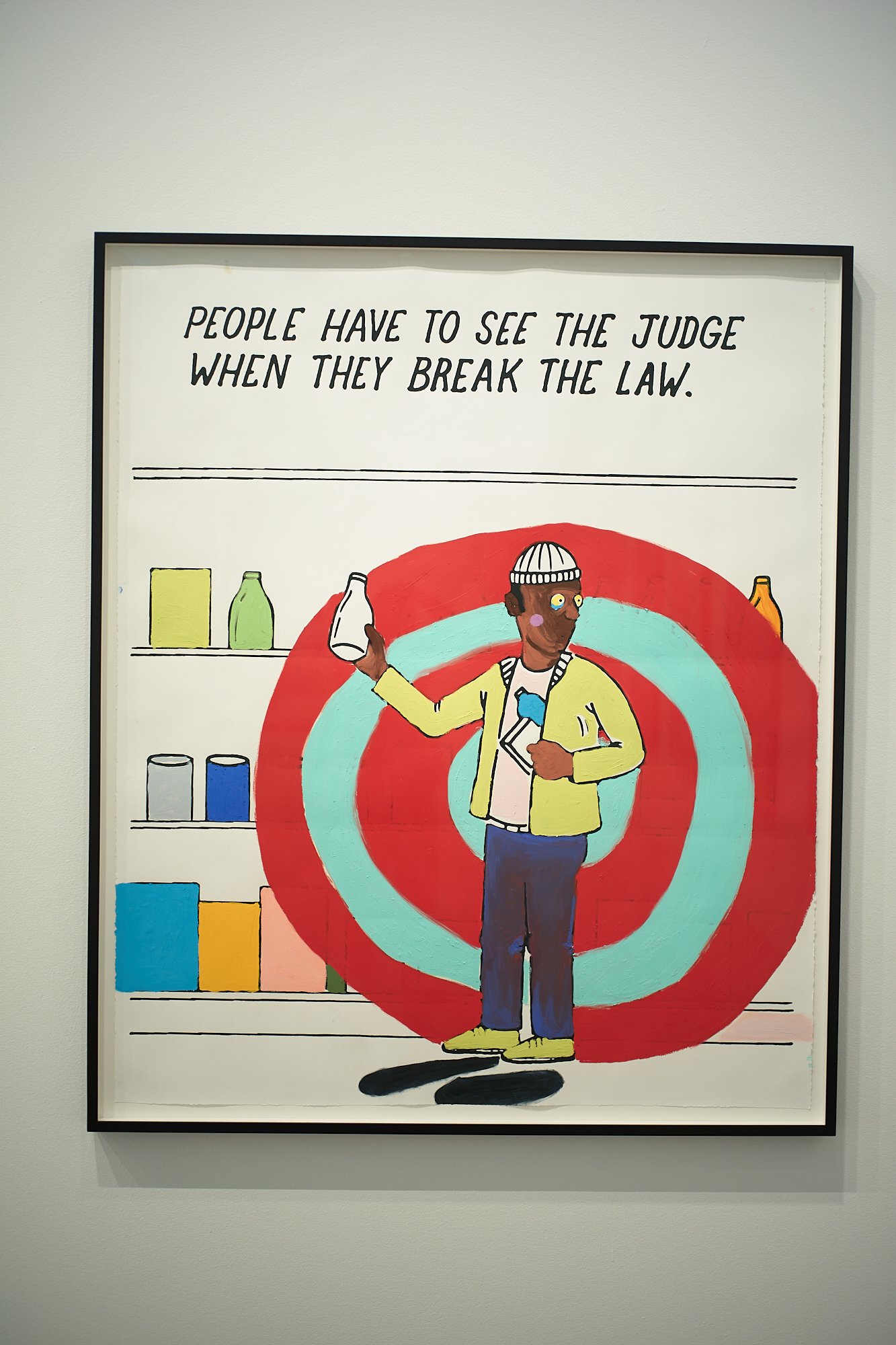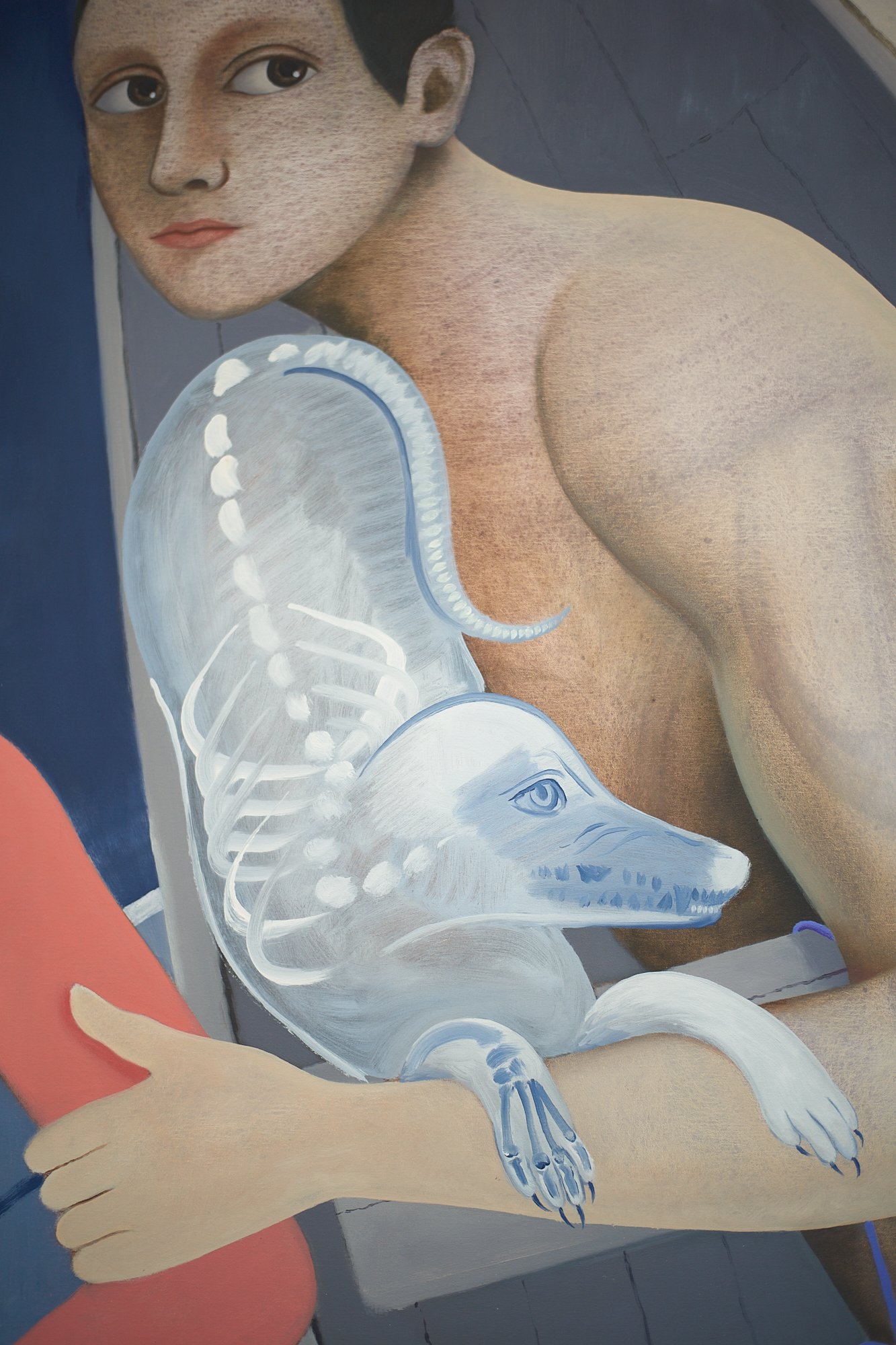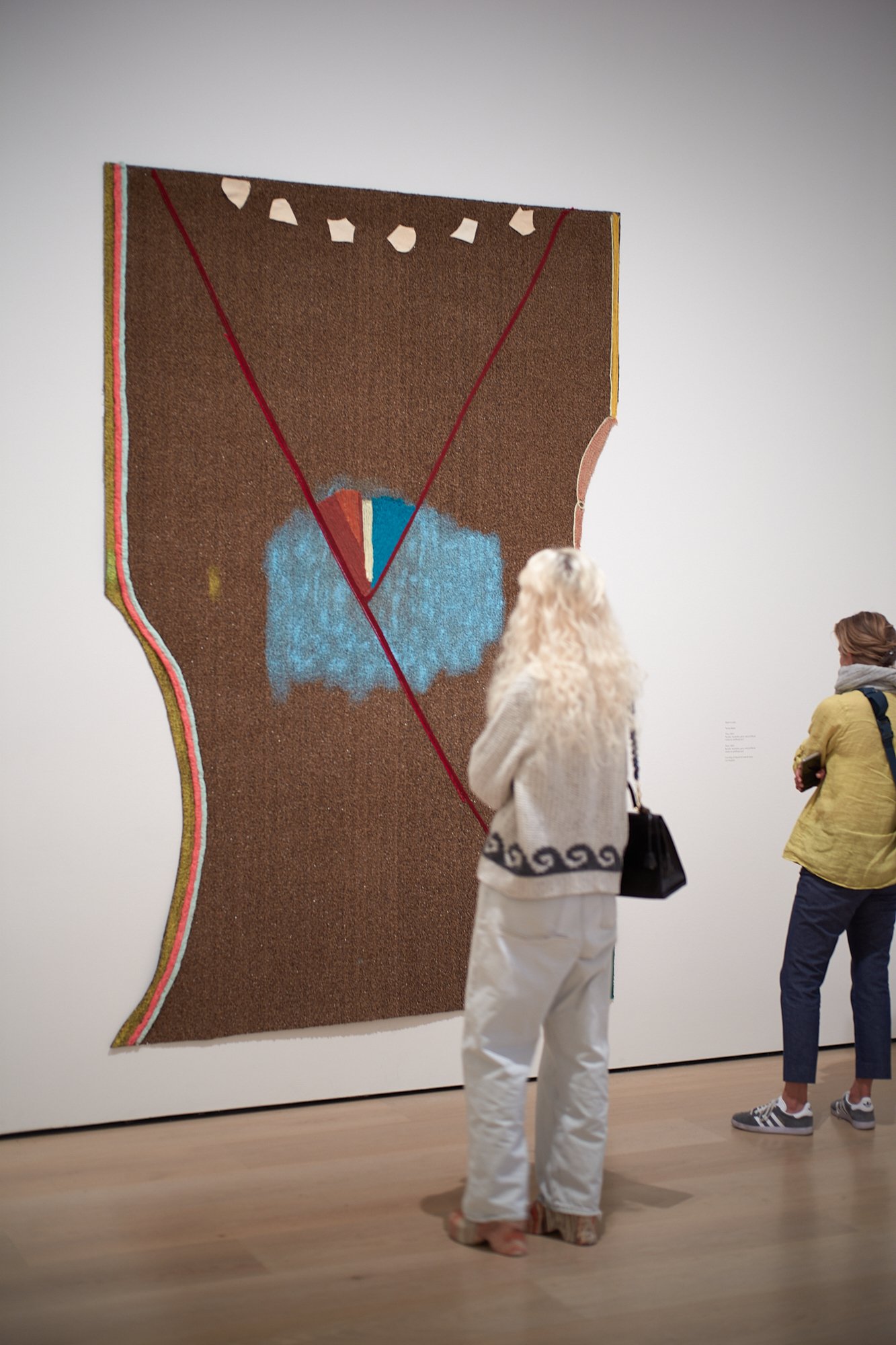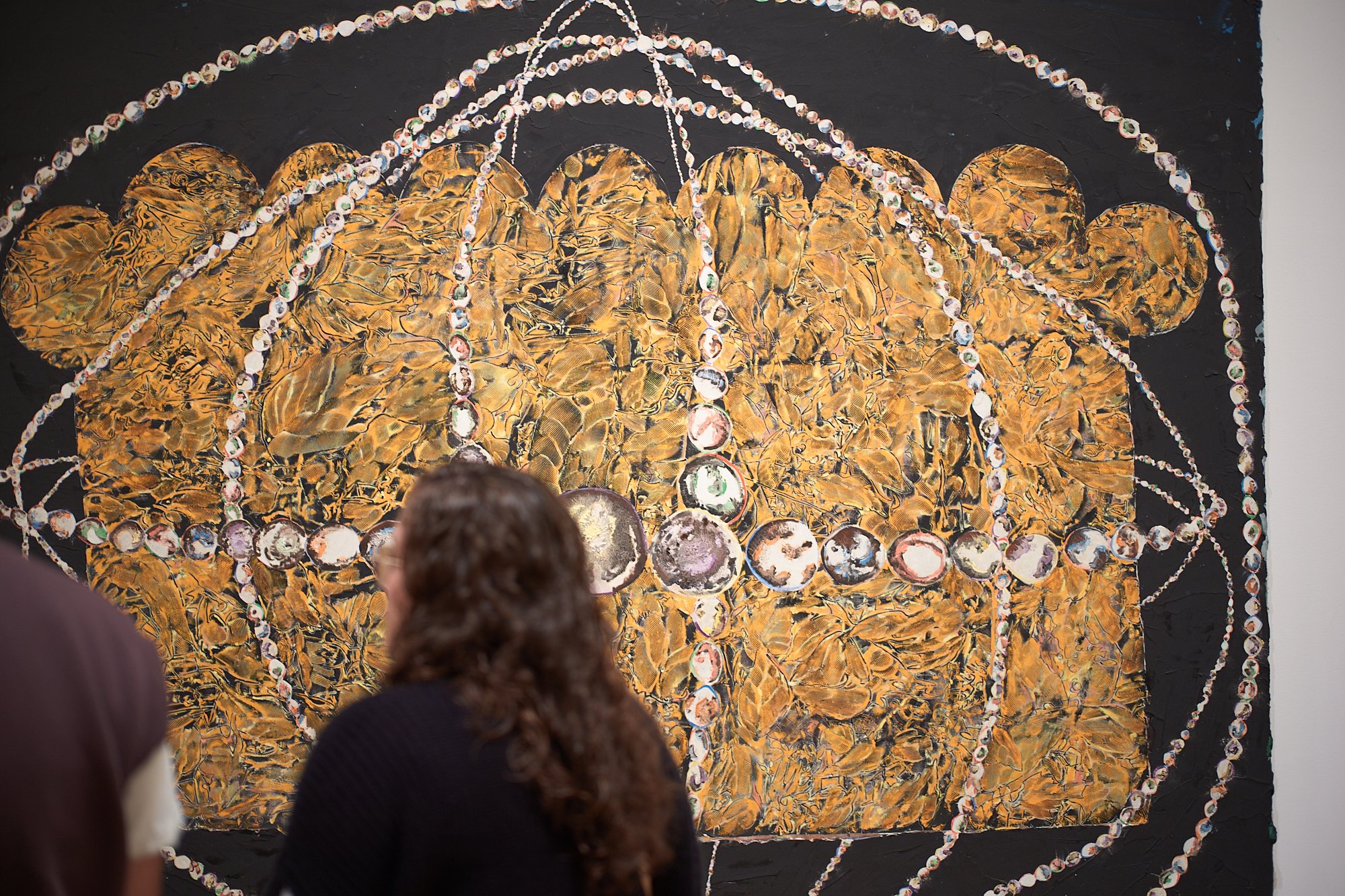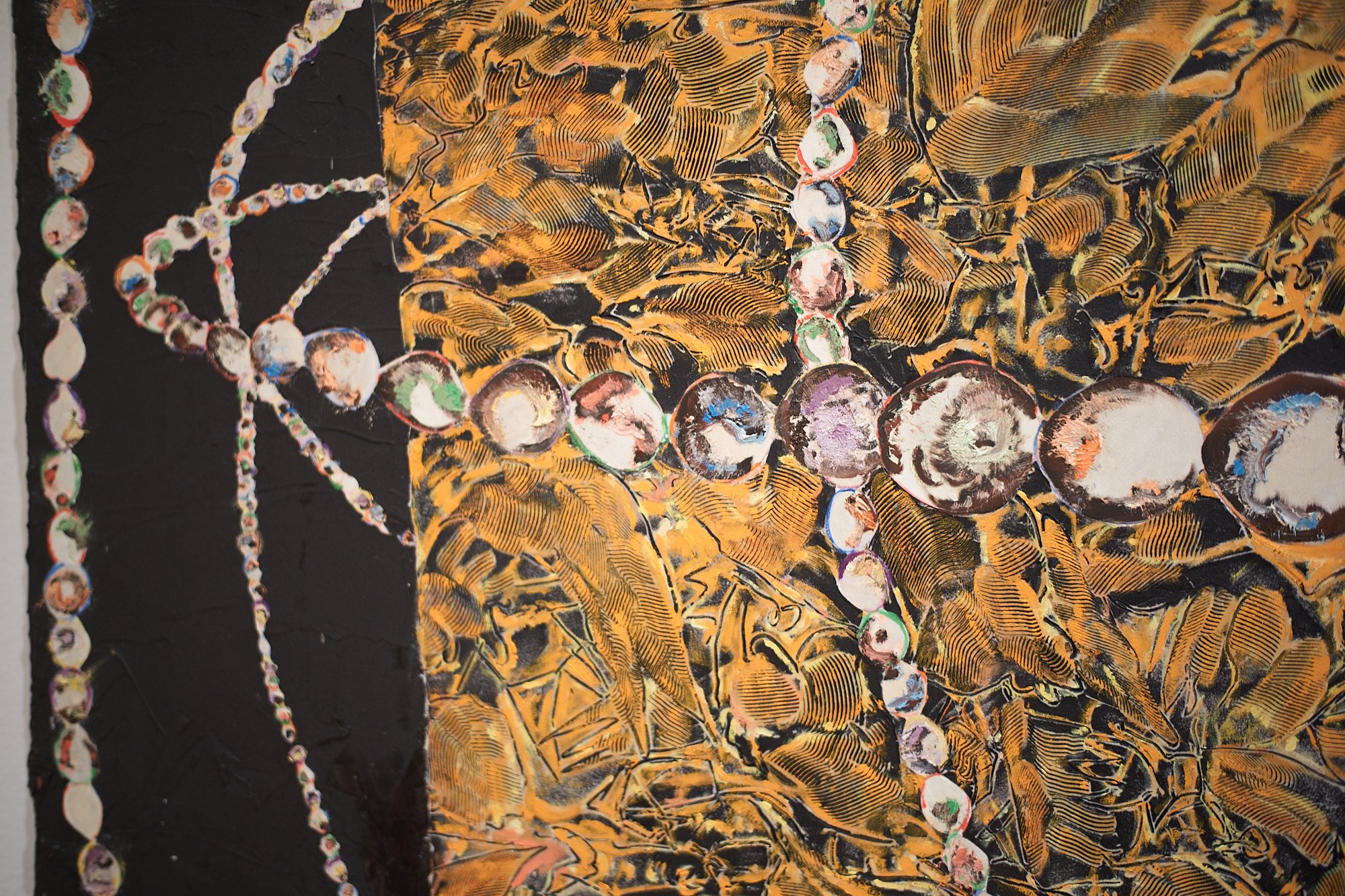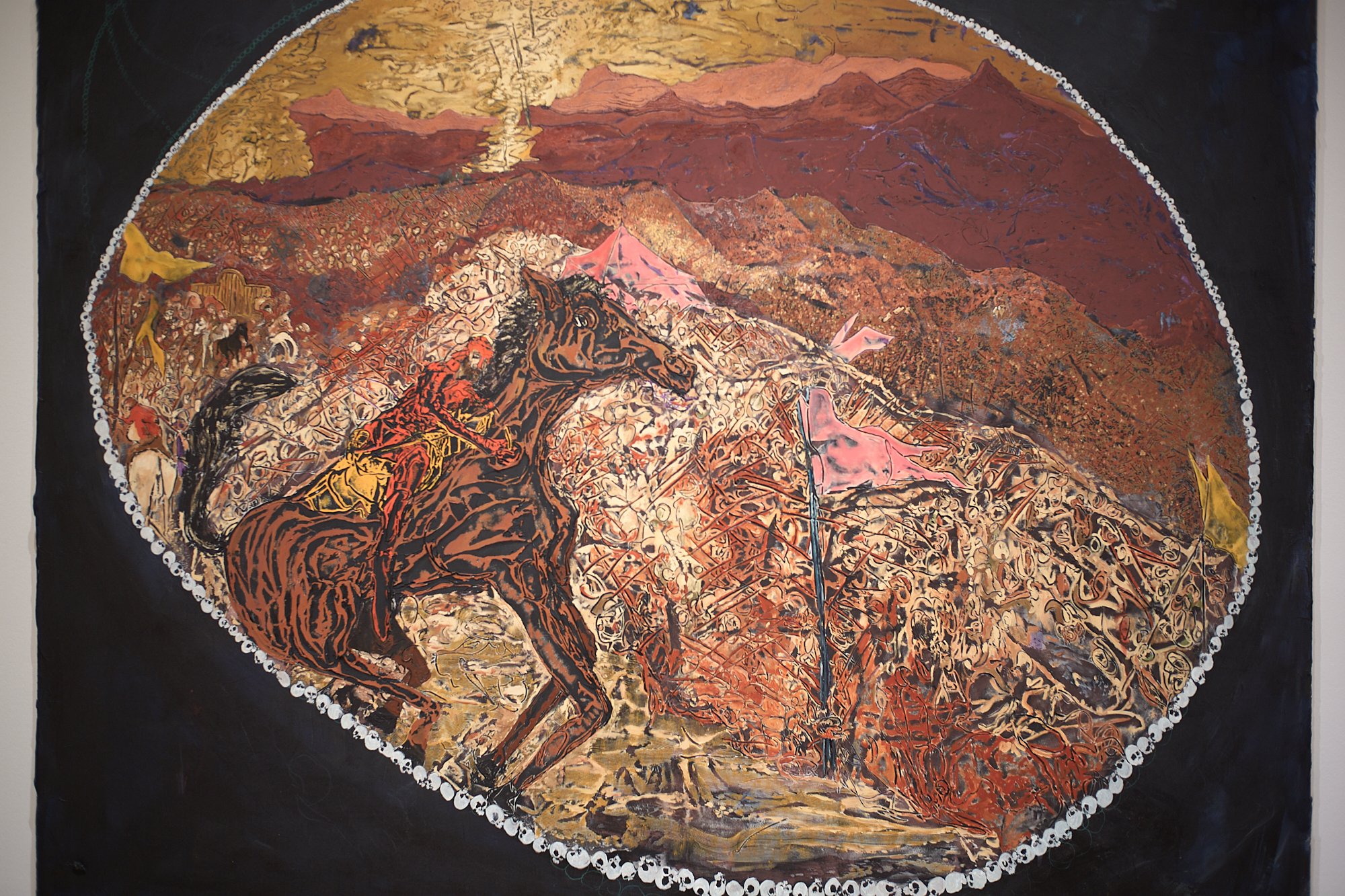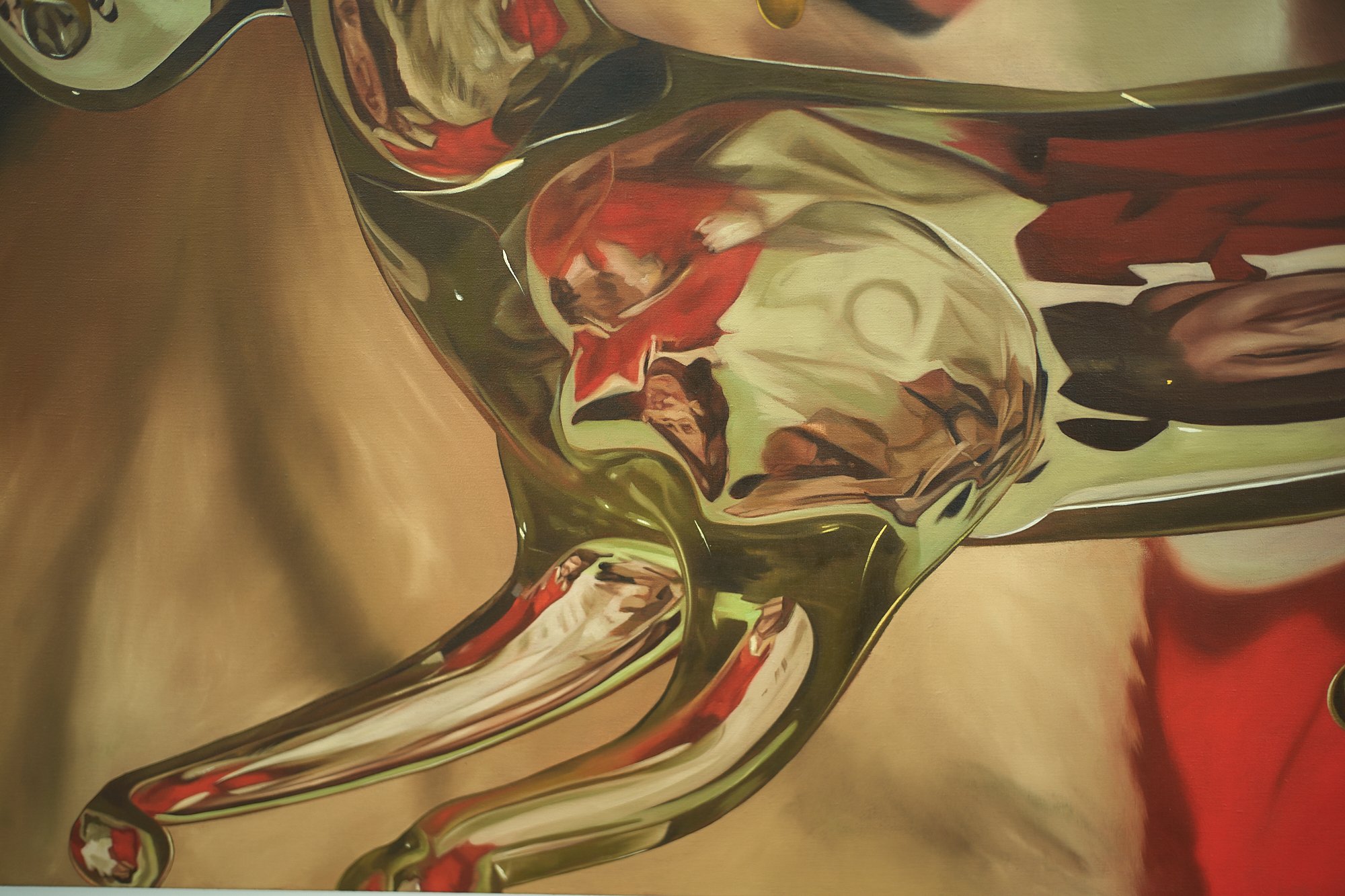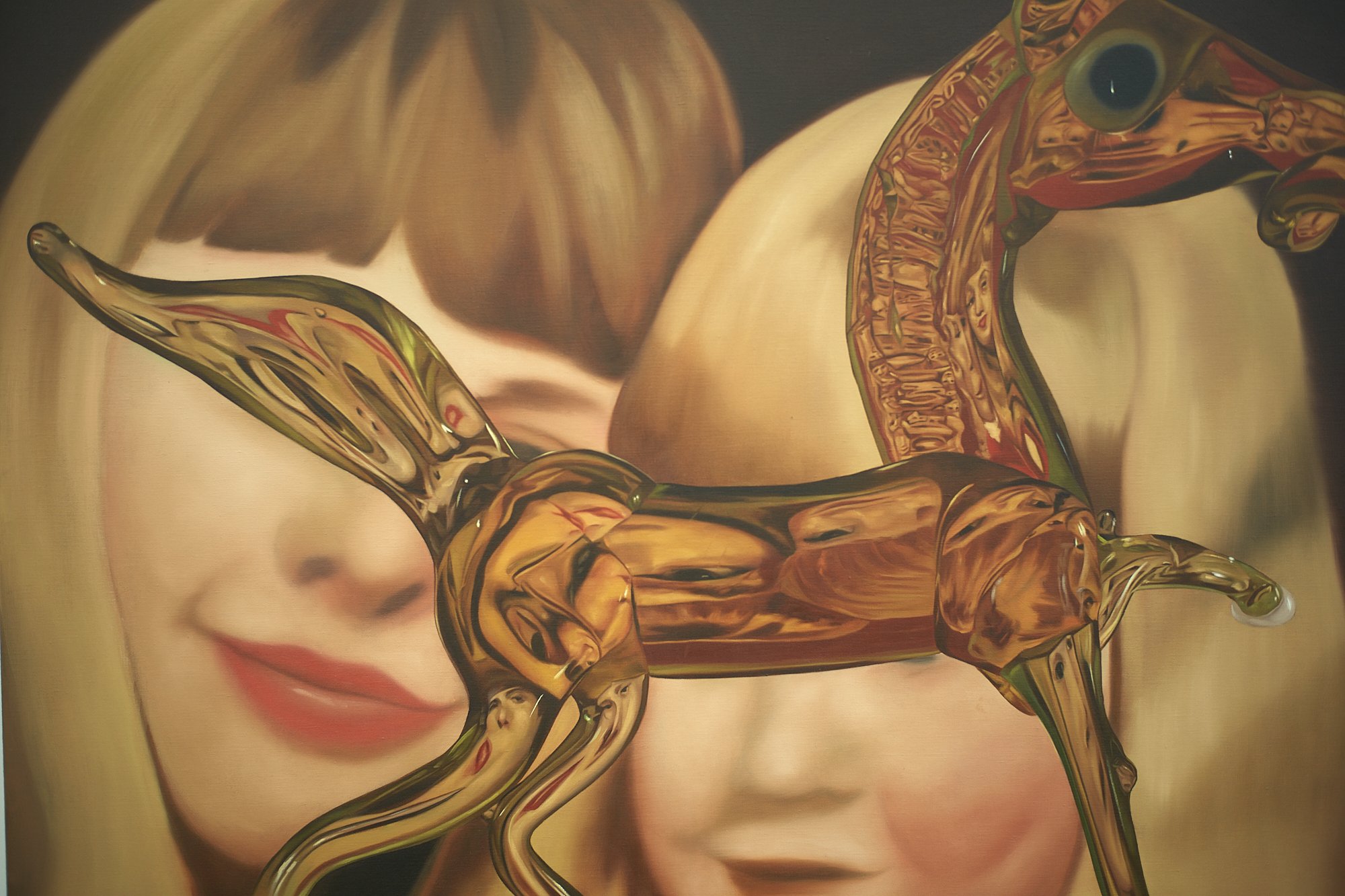artist Marina Abramovic, from AKADEMIE X, LESSONS IN ART + LIFE
Excerpts from her message
AN ARTIST’S RELATION TO INSPIRATION
An artist should not lie to himself or to others
An artist should look deep inside himself for inspiration
The deeper he looks inside himself, the more universal he becomes
The artist is universe
The artist is universe
The artist is universe
AN ARTIST’S RELATION TO TRANSPARENCY
The artist should give and receive at the same time
Transparency means receptivity
Transparency means to give
Transparency means to receive
Transparency means receptivity
Transparency means to give
Transparency means to receive
Transparency means receptivity
Transparency means to give
Transparency means to receive
AN ARTIST’S RELATION TO SYMBOLS
An artist creates his own symbols
Symbols are an artist’s language
The language must then be translated
Sometimes it is difficult to find the key
Sometimes it is difficult to find the key
Sometimes it is difficult to find the key
AN ARTIST’S RELATION TO SILENCE
An artist has to understand silence
An artist has to create space for silence to enter his work
Silence is like an island in the middle of a turbulent ocean
Silence is like an island in the middle of a turbulent ocean
Silence is like an island in the middle of a turbulent ocean
AN ARTIST’S RELATION TO SOLITUDE
An artist must make time for long periods of solitude
Solitude is extremely important
Away from home
Away from the studio
Away from family
Away from friends
An artist should stay for long periods of time at waterfalls
An artist should stay for long periods of time exploring volcanoes
An artist should stay for long periods of time looking at fast-running rivers
An artist should stay for long periods of time at horizons where the ocean and sky meet
An artist should stay for long periods of time looking at the stars in the night sky














